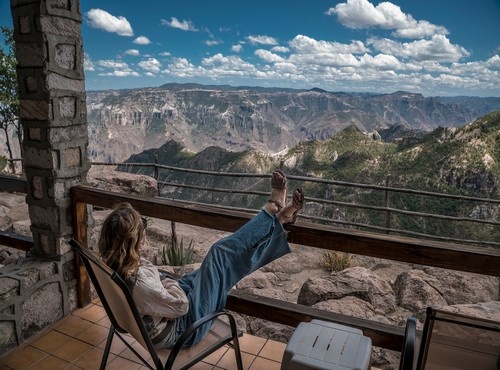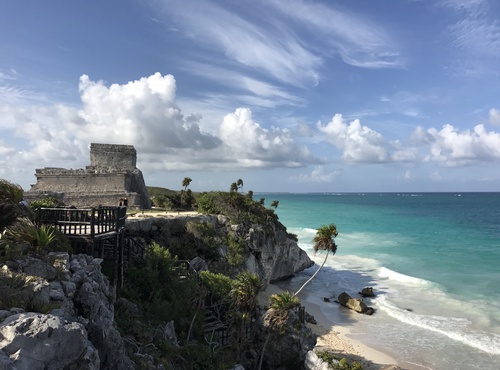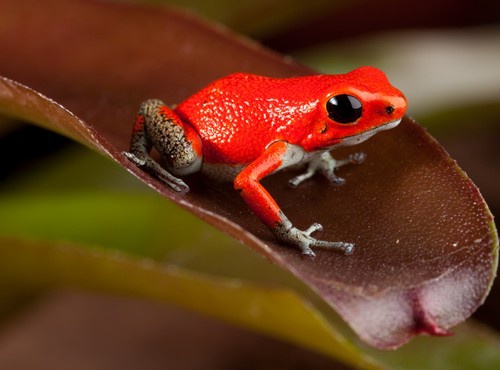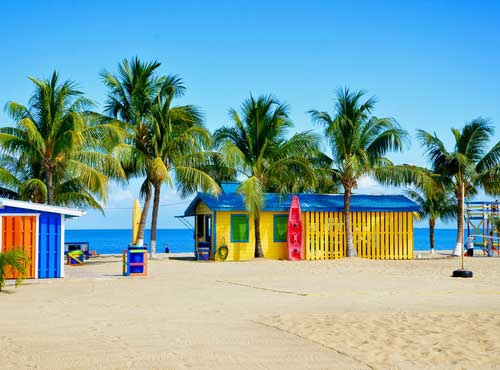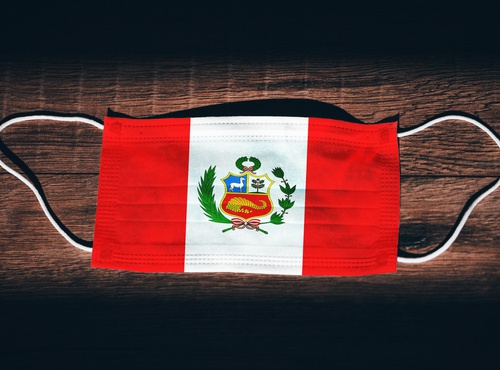
Written by:undefined undefined
Published: 15-06-2022
You won’t find too much in the way of super-sophisticated cuisine in Bolivia, though options are improving all the time. In most parts of the country, it’s easy to get a decent and filling meal, and there are some interesting national and local specialities. The style of food varies considerably between Bolivia’s three main geographical regions: the Altiplano, the highland valleys and the tropical lowlands. Each region has traditional dishes which include some of the highlights of Bolivian cuisine. Here is where and what to eat and drink in Bolivia!
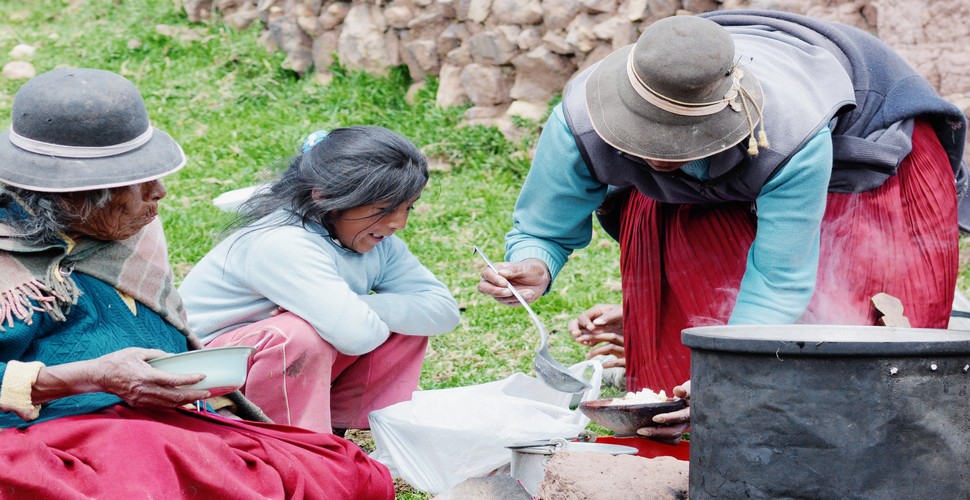
Typical Andean Lunch
Restaurants
All larger towns and cities in Bolivia have a fair selection of restaurants. Almost all offer a set lunch, consisting of a hearty soup and a main course, usually made up of rice, potatoes, some form of meat or chicken, and a little bit of salad. Sometimes all this will be preceded by a small savoury appetizer and followed by a sweet dessert. Coffee, tea or a soft drink may also be included. These set lunches are enormously filling and great value for money. Many restaurants also offer a similarly economical set dinner in the evening. In addition, most have a range of a la carte main dishes called extras available throughout the day, which are usually substantial meat dishes. In smaller towns the choice is much more limited, and often the simple set almuerzo and cena will be the only meal on offer.
Ordinary restaurants rarely offer much in the way of vegetarian food and vegetarians may find themselves eating rather a lot of egg-based dishes. The situation changes a great deal in popular travellers’ hubs, where international food is more common. Although as a landlocked country Bolivia is obviously not the place to come for seafood, fish features regularly on menus. Lake Titicaca produces succulent trout, while native fish are abundant in the rivers of the lowlands: the tastiest is the juicy white fish known as surubí.
Most cities have at least one Chinese restaurant and pizzerias are also fairly widespread. Bolivia’s cheap spit-roast chicken restaurants under various guises are also quite common.
Few restaurants open before 8am for breakfast and Bolivians tend either to make do with a hot drink and a bread roll or, if they want something more substantial, to head to the market for soup, rice or meat.
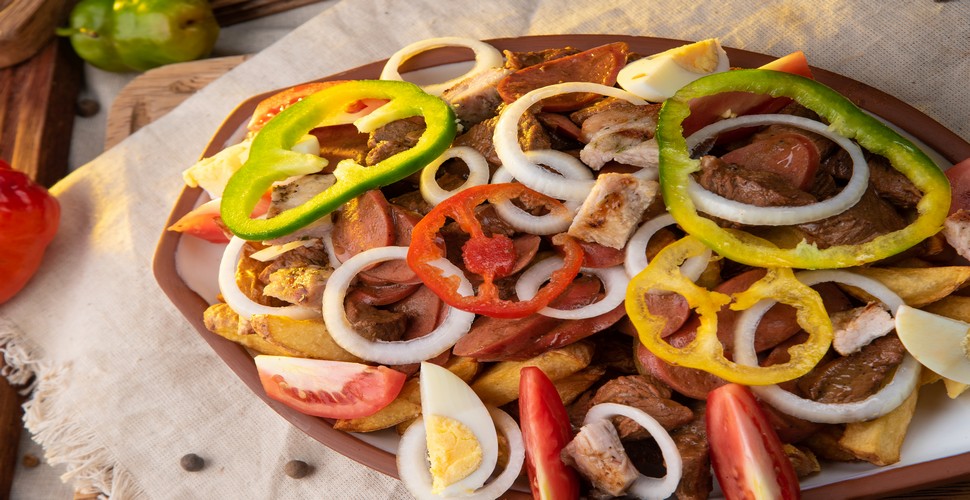
Pique a lo Macho
Markets
Wherever you are in Bolivia, the cheapest place to eat is the market. Rows of stalls selling juices, soups, snacks and meals to satisfy most appetites are abundant and are also often the best place to try out regional specialities. From around 6am you can find stalls selling coffee and tea with bread, sandwiches and pastries, and – more popular with the locals – api, a hot, sweet, maize drink flavoured with cinnamon and cloves, served with deep-fried pancakes called buñuelos. Markets are also the place to go to stock up for a trek, a picnic, or if you just feel the urge to cook your own food.
The standard of hygiene at market stalls is often not the highest, however, and you should probably avoid eating at them until your stomach becomes accustomed. In general, food cooked in front of you is probably safe.
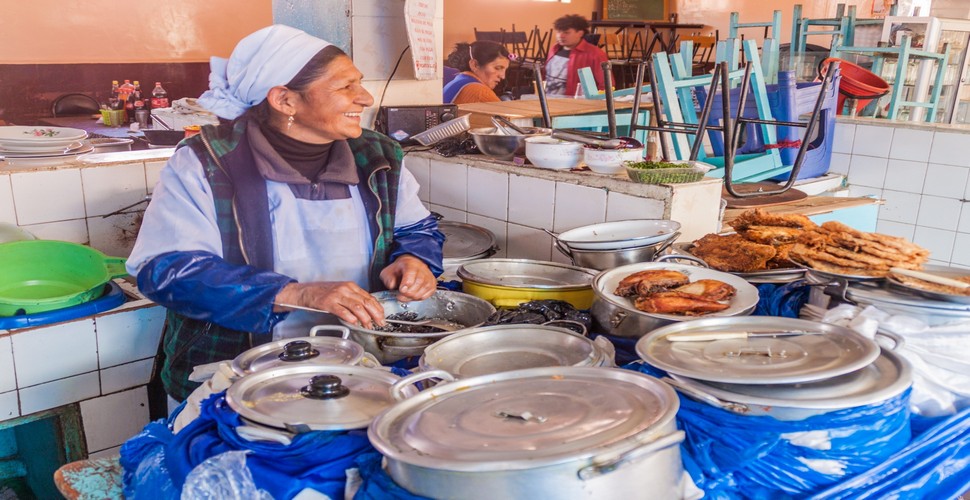
Market at Lunch Time
Snacks
The most popular snack throughout Bolivia is the salteña, a pasty filled with a spicy, juicy stew of meat or chicken with chopped vegetables, olives and hard-boiled egg. Named after the city of Salta in Argentina, salteñas are sold from street stalls and eaten mid-morning. The best salteñas are found in Sucre, where they’re also sold in specialist cafés called salteñerias, Salteñas potosinas, made in Potosí, are less juicy and are more likely to be meat-free.
Similar to salteñas, but deep-fried and with a higher potato content, are tucumanas, also named after a city (Tucumán) in Argentina. These fried empanadas, filled with meat, chicken or cheese are another popular option. In Santa Cruz the cuñape rules, a tasty pastry made from cheese and yuca flour. Familiar snacks are also common in Bolivia, such as hamburgers and hot dogs.
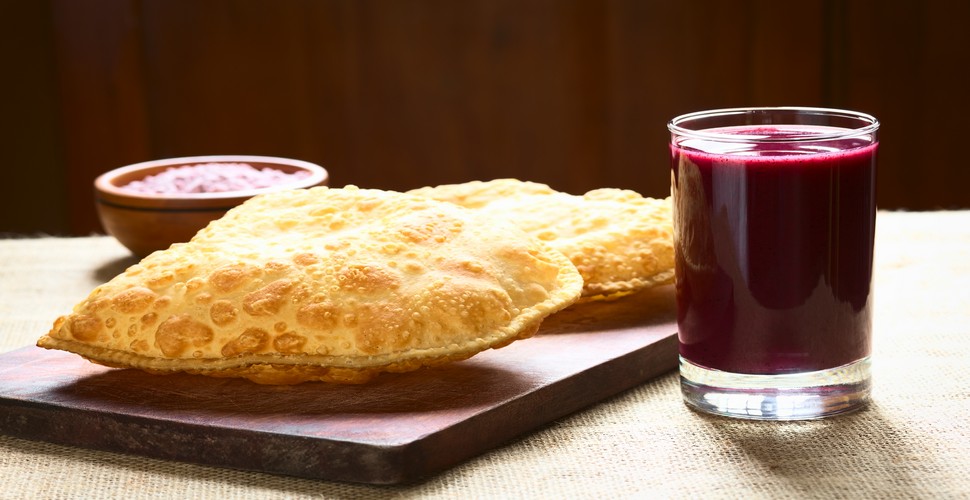
Tucumana Boliviana
Traditional Dishes
In the Altiplano, traditional Aymara cuisine is dominated by the potato, often served alongside rice as one of two or three different carbohydrates on the same plate. The Andes are the original home of the potato, and over two hundred different varieties are grown in Bolivia. As well as being boiled, baked, mashed and fried, they are also freeze-dried using ancient techniques and named chuño and tunta. These dehydrated potatoes are often boiled and served instead of fresh potatoes, but they’re best appreciated in the many different soups that are a feature of Altiplano cuisine. These are thick, hearty broths are laden with potatoes, vegetables and whatever meat is to hand the most common being “chairo”. Another standard soup ingredient is quinoa, found at a fraction of the prices back home.
The most common meat in the Altiplano is mutton, closely followed by llama, which is lean and tasty. Llama meat is often eaten in a dried form called charque. Other Altiplano staples include sajta, a spicy dish of chicken cooked with dried yellow chilli, potatoes, tunta, onions and parsley; and plato paceño, a mixed plate of meat, cheese, potatoes, broad beans and maize which is typical of La Paz. Llajua is the main accompaniment, a hot sauce made from tomatoes, small chilli peppers and herbs.
The typical dishes of Sucre, Cochabamba and Tarija shares many ingredients with the traditional cuisines of the Altiplano, but combines them with a wider range of fresh fruit and vegetables and tends to be spicier. Maize features strongly, either ground into a flour and used as the basis for thick soups or boiled on the cob and served with fresh white cheese. Meat and chicken are often cooked in spicy sauces known as picantes. Pork also features strongly with deliciously deep fried as chicharrón, roasted as lechón or made into chorizo sausages. A popular dish served throughout Bolivia is pique a lo macho, a massive plate of chopped beef and sausage, potatoes, onions, tomatoes and chillies.
In the lowlands of the Amazon and Santa Cruz, plantain and yucca generally take the place of potatoes alongside rice as the mainstay carbohydrates. The lowlands are cattle-ranching regions, so good-quality, relatively inexpensive beef is common. This is usually barbecued or fried as steak, or cooked on skewers in massive kebabs. Another classic lowland dish is locro de gallina, a rich chicken soup.
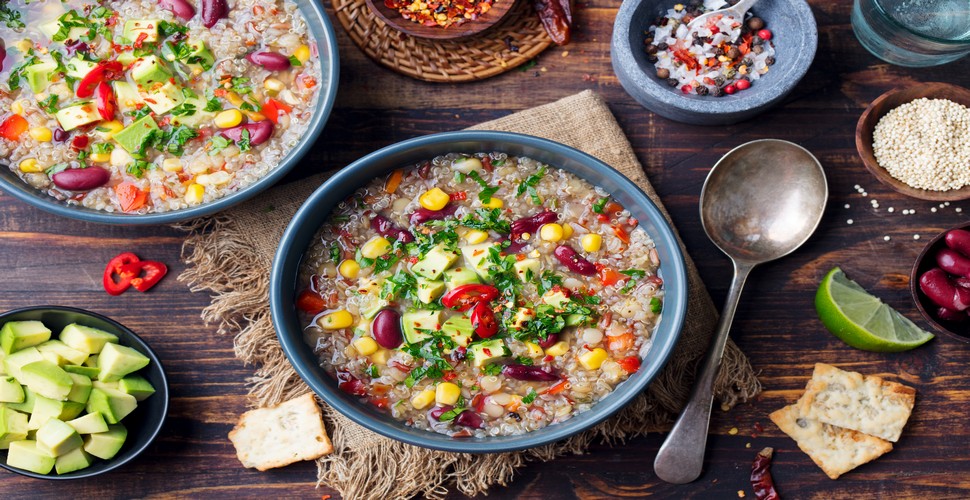
Quinoa Soup
Drinks
Fizzy drinks are found all over Bolivia, including international brands like Coca-Cola and a wide range of nationally produced beverages. Bottled processed fruit juice from the Cochabamba region, sold under the name “Jugos del Valle”, is a good alternative. The word refresco is also used to denote home-made soft drinks, usually fruit-based, served from street stalls. Mineral water, both sparkling (agua mineral con gas) and still (sin gas), is fairly widely available, as is less expensive purified water labelled “Naturagua”
The delicious variety of tropical fruits grown in Bolivia are served in market stalls, and freshly squeezed orange and grapefruit juice is also sold on the streets. Tea and coffee are available almost everywhere, though the latter is rarely prepared to the strength we are used to, with sugar already added. Café con leche is a big glass of hot milk flavoured with coffee. Many Bolivians prefer herbal teas called mates; mate de coca is the best known. Hot chocolate is usually very good too.
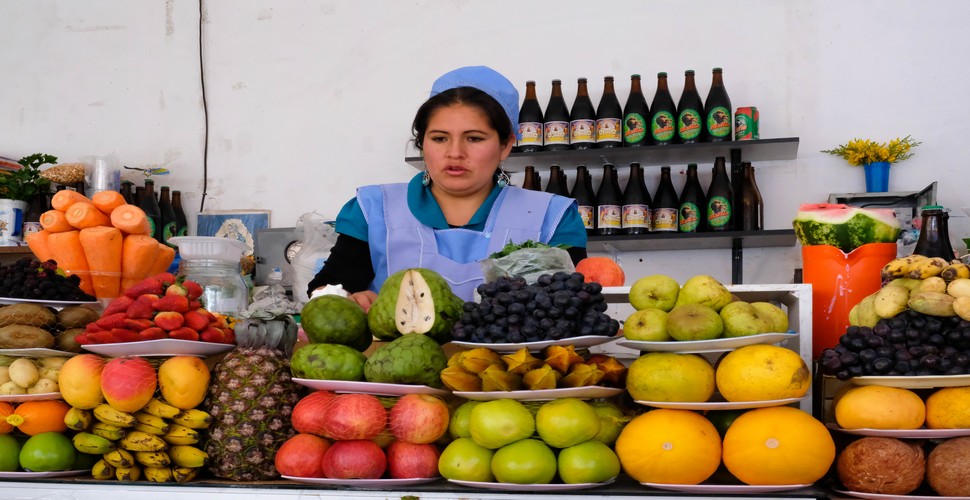
Sucre Juice Stand
Locally produced alcoholic drinks are widely available, and drinking is a serious pastime. Drinking with locals can be great fun, but shouldn’t be entered into lightly. Remember, that until you become acclimatized, high altitude magnifies both the effects of alcohol and the resulting hangover.
Beer (cerveza) is available almost everywhere, and Bolivians consume it in large quantities, especially at fiestas. All the major cities have their own breweries, producing German lager-style beers of reasonable quality with a strength of around five percent. Most beer still comes in returnable bottles, though cans are becoming more widespread. Paceña, produced in La Paz, is the most popular and widely available, followed by Huari, made by the same company but with a slightly saltier taste. Taquiña from Cochabamba is also good, while Potosina, from Potosí, has a stronger malty flavour. Most breweries also produce a dark, rather sweet, stout-like beer known as malta. More expensive imported beers are available only in larger cities.

Sunset Beers Over Titicaca
Although not widely consumed, Bolivia also produces different wines. Production is centred in the Tarija valley, home to the highest vineyards in the world, and quality is improving all the time. Ones to look out for are Concepción, Kohlberg and Aranjuez. Imported wines from Chile and Argentina are also widely available also.
Bolivian spirits are popular, in particular a white grape brandy called singani, produced in the Tarija valley. The more expensive singani´s are very good, but most are pretty rough. It’s usually drunk mixed with Sprite or Seven-Up, a fast-acting combination known as Chufflay. No visit to the Cochabamba region is complete without a taste of chicha Cochabambina, a thick, mildly alcoholic beer made of fermented maize which is available throughout the region. Considered sacred by the Incas, its tart, yeasty flavour is definitely an acquired taste, and may affect your digestion.








